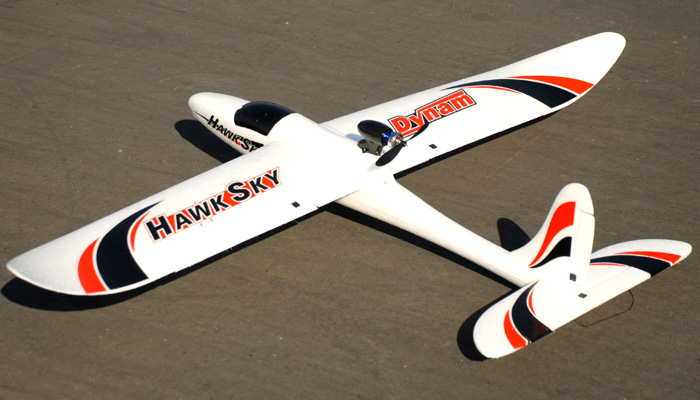All Posts (14061)
Sort by
Like all 2.4Ghz RC systems, you need to bind the transmitter to the receiver before you use it. Here's how to do it:
1. Batteries in transmitter, switch off.
2. Put the bind plug in the BAT slot on the receiver.
3. Connect an ESC (with battery attached) to one of the channels. Black line (-) goes to the outside. You will see a red LED blinking. (You might have to look from the side; it's hard to see)
4. Push and hold down the bind button on the transmitter while switching on. Keep the bind button held down until the red LED stops blinking.
5. Remove the bind plug and turn off the power. When you turn it out again with the transmitter on, thered LED should be solid.
Note that the Receiver comes with a little satellite antenna thing. Remove it--you won't need it indoors. Also, please note that the RC equipment is powered by the Blimpduino board, via the cables. Do not plug the battery straight into the receiver.
Here's the full manual:
Part One
Part Two
Part Three

